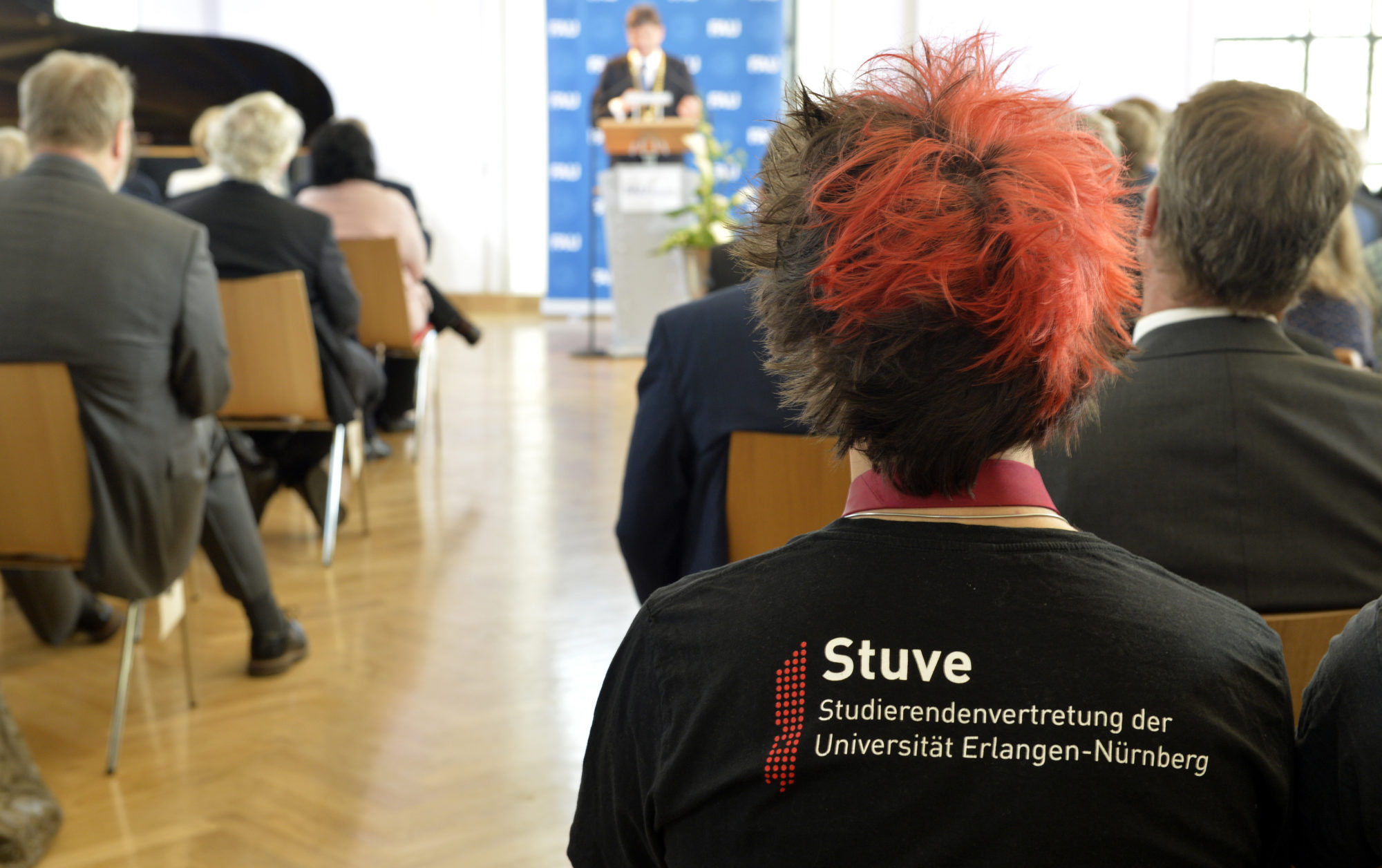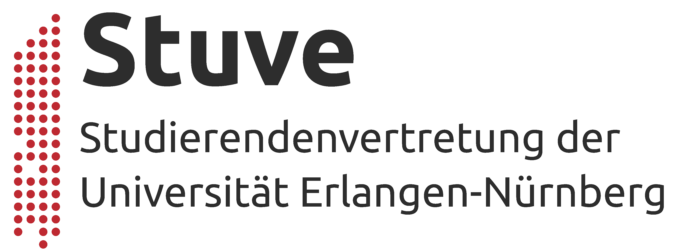Contact points for students
All students deserve a course of study without confrontation with discrimination or harassment. Unfortunately, however, this is not always the reality, so we have collected here some points of contact and procedures for those affected by various types of inappropriate behavior.
Our goal is to provide students with clear courses of action when incidents occur so that they can protect themselves and report cases as needed. In this way, our university can become more welcoming and safer for all of us, bit by bit.
Contact points and counseling services for students
Services offered by the student representation
If you are looking for a low-threshold point of contact where you can simply ask about your options and further input, there are various instances of the student representation to which you can turn. Please note, however, that these contact points consist of constantly changing groups of students who, for the most part, do not have sufficient training to be able to help you in the best possible way. However, they offer a good first contact possibility if you want to describe your situation in a relaxed atmosphere / in a possibly anonymous form and get the assessment of other students.
- FSIs: Student council for your department; most likely most familiar with your profs and the processes in your degree program
- FSVs: Student council for your faculty; more general alternative for departments whose FSIs are not as active or do not exist at all.
- Stuve suggestion box: Supervised by the Speaker’s Council, provides information about the right contact points and gives first impressions of the possibilities for action.
Trained FAU contact points
- Women’s representatives of FAU: university-wide and faculty-specific contact persons for equality and in case of incidents of discrimination and (sexual) harassment
- Office for Gender and Diversity: office to support the women’s representatives in their tasks
- Disability representative of the FAU: counseling on studying with a disability / chronic illness
- Counseling center of the Studierendenwerk: psychological counseling during open office hours and individual appointments
Important external contact points
- Nationwide help hotline: tel. 08000 116 016 – Online and telephone counseling for all types of violence
- Frauennotruf Erlangen: tel. 09131 20 97 20 – Women’s Emergency Hotline
- Frauennotruf Nürnberg: tel. 0911 28 44 00 – Women’s Emergency Hotline
- Bayern against Violence: Contact point finder by location and type of violence
- Federal Anti-Discrimination Agency: official consulting services
- Further recommendations from the Office for Gender and Diversity
How do sexual harassment and discrimination manifest themselves?
Possible manifestations of sexual harassment, according to the Guide to Sexual Harassment and Violence in Employment and Training from the Office of Gender and Diversity, include the following:
- one-sided and unwanted approaches or behavior of any kind in the form of looks, gestures, expressions (written, pictorial, also digital) or physical contact by persons at the workplace that are perceived by the person concerned as harassing, humiliating or threatening
- any unwanted touching
- lewd or derogatory remarks and sayings
- obscene and compromising solicitations
- display / send pornographic pictures (e.g. “Dick Pics”)
- solicitation of sexual favors or acts
- physical threat, coercion, rape
- any sexual exploitation of a relationship of dependence, especially if professional advantages are promised or disadvantages are threatened
Discrimination can take on different levels, according to the Office of Gender and Diversity:
- Direct or individual (interactional) level: Exclusion and devaluation through behavior between individuals.
- Indirect or mediate level: Discrimination in the case of neutrally formulated regulations or measures that do not involve any obvious disadvantage but have a concrete disadvantageous effect on certain groups.
- Institutional level or structural level: Actions of an organization, disadvantages due to laws, regulations, instructions for action, institutional routines of an organizational culture that lead to asymmetrical distribution of opportunities.
- Societal level: Discrimination through ideas, labels and images. Transport of ideas and images at the university through knowledge production in the form of media, academic literature, courses and concepts, but also in everyday discourse (cf. Antidiskriminierungsstelle des Bundes 2014a: 11)..
- Intersectional or multi-dimensional discrimination: In everyday life, there is rarely single discrimination, but rather multi-dimensional discrimination or intersectional discrimination. This means that several characteristics or categories can interact and lead to discrimination.

